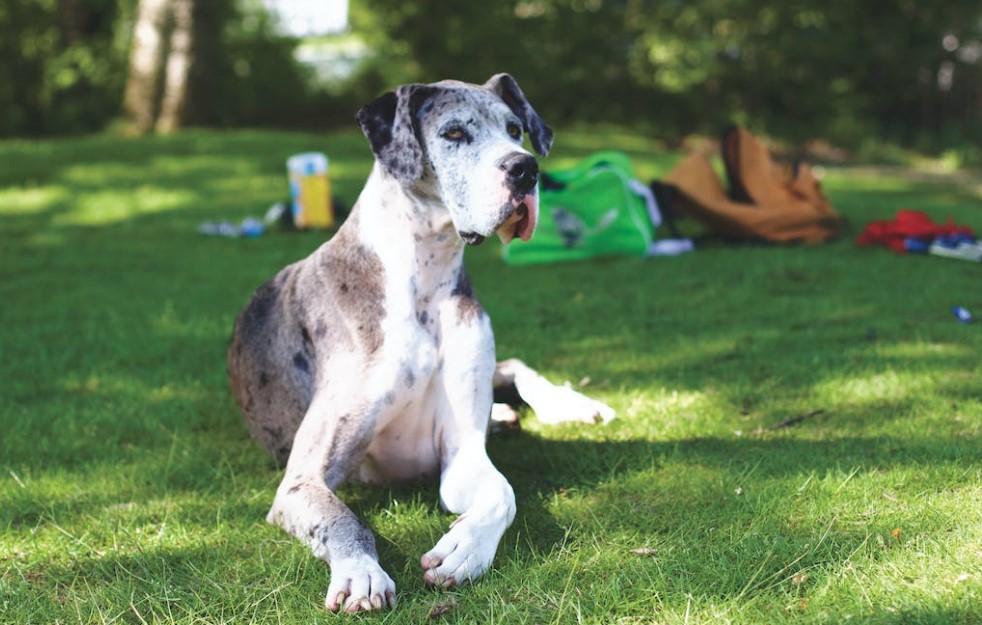Before making a Great Dane part of the family, it is vital for the prospective owner to do his homework and find out as much as possible about the breed. There are many sources of information, both in print and online. The Great Dane Club of America is a good place to begin. Established in 1889, this organization strives to educate prospective owners about the breed in order to assure a positive experience for both the dog and the family. Great Danes are people dogs; loving, easy to housebreak and easy to groom, but without proper training and socialization they can be rambunctious, overprotective and difficult to control.
Great Dane Training
An untrained Great Dane can be a danger to itself, other animals, and humans. For this reason, proper training is essential and the responsibility of the owner. Between three and six months a Dane puppy should be enrolled in a puppy training class followed by a basic obedience class. It is important for this large, (they can weigh between 120 to over 150 pounds), dog to know and obey the five basic commands: heel, sit, down, stay, come. This breed is very sensitive and should never be trained using punitive methods like striking or yelling, but rather by motivational and instructive methods. Great Danes need daily exercise and should be allowed to roam loose in a securely fenced yard rather than being staked or tied. However, Great Dane puppies should not be allowed the run of the house until they prove that they are mature enough not to chew the furniture. A large crate, properly used, helps with both housebreaking and good manners.
Grooming a Great Dane
Great Danes are short haired and grooming them is relatively easy. Daily to weekly brushing, depending on the shedding cycle, and occasional bathing are usually all that is necessary. But owners should also remember that, like all other breeds, the Dane requires ear and dental care as well as toenail trimming.
Great Dane Health Issues
Great Danes are susceptible to a number of health problems. These include, hip dysplasia, hypothyroidism, certain types of cancer and blood diseases, heart disease, eye problems, and bloat. A great Dane’s life span is usually between 7 and 10 years.
Great Danes as Family Pets
Among the things a family should consider before acquiring a Great Dane are, if they can afford food, training, vet visits, toys and supplies; do they have the time to exercise and spend time with the dog? Are there elderly or frail family members who might be injured by an exuberant dog? If, after considering their decision carefully, a family decides to go ahead they might want to consider getting their Dane through a Great Dane Rescue organization. If they choose to purchase a Great Dane through a breeder, more research is needed to find one that is reputable and The American Kennel Club is a good starting point.

